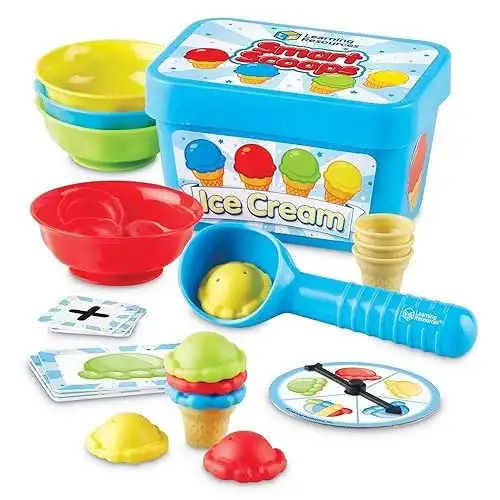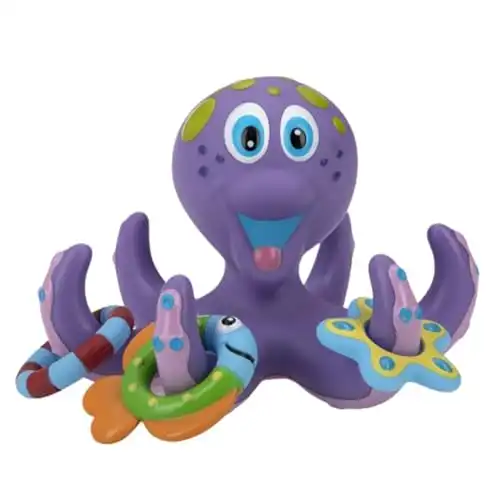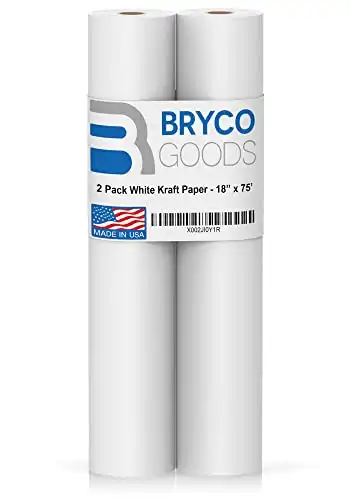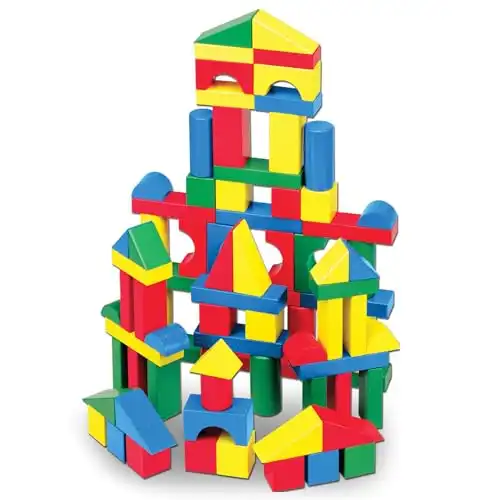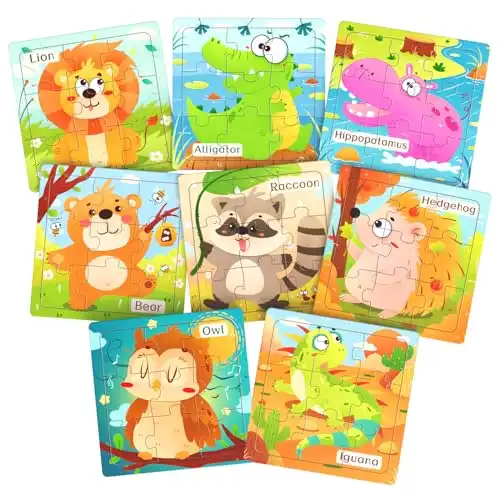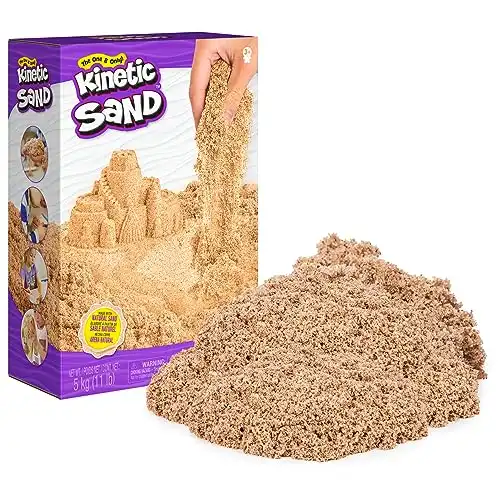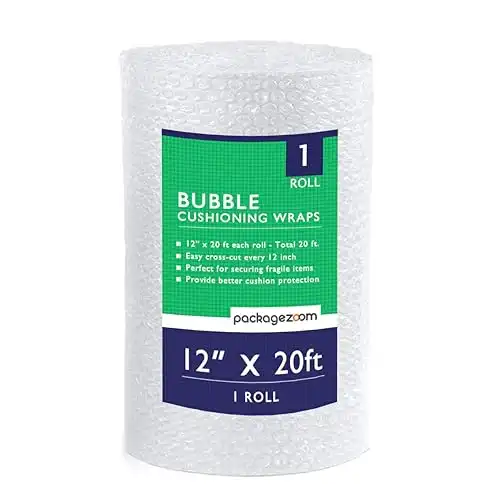
Finding engaging activities for toddlers can be a challenge, especially when you want to keep them stimulated and entertained.
Toddlers are naturally curious, and introducing them to new experiences can have a positive impact on their development. You can explore activities that encourage exploration outdoors, imaginative play at home, and essential skills through simple, structured tasks.
This collection of fun activities for toddlers aged 1 to 3 years provides a variety of options that can easily be incorporated into your daily routine.
From sensory play to simple crafts, these activities promote creativity, learning, and motor skills in your little ones.
Whether you’re looking for indoor fun during rainy days or exciting outdoor adventures, these ideas will help you create memorable moments while nurturing your child’s growth.
Your toddlers will delight in these enjoyable experiences that cater to their developmental needs.
The Importance of Doing Fun Activities With Toddlers
Engaging in fun activities with toddlers is crucial for their development and well-being.
These playful interactions foster creativity, enhance motor skills, and promote socialization. Through play, toddlers explore their environment, learn problem-solving skills, and develop language abilities.
Fun activities also strengthen the bond between caregivers and children, creating a sense of security and trust.
Additionally, these experiences encourage emotional expression and help toddlers understand their feelings.
Overall, playful engagement lays the foundation for lifelong learning and healthy relationships.
Check out the following activities we’ve rounded up for you to try:
1. Sensory Bins
Sensory bins provide a tactile experience that stimulates a toddler’s senses. You can fill a container with materials like rice, beans, or sand.
Adding scoops, cups, and small toys promotes exploration and fine motor skills.
Toddlers can engage in pouring, sifting, and discovering different textures, which helps with sensory processing and creativity.
2. Water Play
Water play captivates toddlers and encourages learning through hands-on experiences.
You can set up a small tub filled with water and include cups, sponges, and floating toys.
This activity promotes fine motor skills, hand-eye coordination, and scientific exploration of concepts like floating and sinking, making it both fun and educational.
3. Finger Painting
Finger painting allows toddlers to express themselves creatively while developing fine motor skills.
You can cover a surface with paper and provide safe, washable paints. As they use their fingers to create, they explore colors and textures.
This activity also encourages sensory experiences and can serve as a bonding moment between you and your child.
4. Play Dough
Play dough is versatile and fosters creativity and imagination. You can provide different colors and tools for rolling, cutting, and shaping. This activity strengthens hand muscles and improves coordination.
Toddlers can create shapes or figures, fostering cognitive development through imaginative play.
5. Storytime
Reading to toddlers is vital for language development and literacy skills.
Choose engaging books with colorful illustrations and simple text. Interactive storytelling encourages toddlers to engage, ask questions, and predict outcomes. This activity not only builds vocabulary, but also fosters a love for reading.
6. Nature Walks
Nature walks provide opportunities for exploration and discovery. You can take your toddler outside to observe trees, flowers, and wildlife.
Collecting leaves and rocks emphasizes sensory experiences and environmental awareness. This activity encourages curiosity and appreciation for nature.
7. Musical Instruments
Introducing musical instruments helps develop auditory skills and rhythm.
You can provide simple instruments like shakers, tambourines, or drums. Playing music together encourages self-expression and can boost cognitive skills.
This activity can be a fantastic way for toddlers to explore sounds and cause-and-effect relationships.
8. Obstacle Course
Creating an obstacle course in your living room or yard enhances gross motor skills and coordination.
You can use cushions, hula hoops, and tunnels for climbing, crawling, and jumping. This physical activity promotes movement and keeps toddlers engaged as they navigate challenges.
9. Bubble Fun
Bubbles captivate toddlers and can enhance their hand-eye coordination.
You can blow bubbles and encourage your child to catch or pop them.
This activity promotes movement and laughter while also introducing concepts of motion and air.
10. Animal Sounds Game
Playing the animal sounds game encourages auditory recognition and imaginative play.
You can take turns imitating different animals, helping toddlers learn their sounds. This fosters language development and can lead to discussions about animal characteristics.
11. Sorting Games
Sorting games help toddlers develop cognitive skills and an understanding of categories.
You can use everyday objects like colorful blocks or natural items (such as leaves and stones) to sort by color, size, or shape. This activity enhances critical thinking and problem-solving abilities.
12. Building Blocks
Playing with building blocks stimulates creativity and spatial awareness.
You can encourage your toddler to create different structures, enhancing fine motor skills and hand-eye coordination. This activity allows for open-ended exploration and fosters persistence in completing tasks.
13. Dance Party
Hosting a dance party encourages physical activity and boosts mood.
You can play upbeat music and invite your toddler to dance freely. This promotes body awareness, coordination, and social interaction while creating joyful bonding moments.
14. Dress-Up Play
Dress-up play stimulates imagination and creativity. You can provide costumes or everyday clothing for your toddler to explore different roles.
This activity helps develop social skills as they engage in role-playing and storytelling scenarios.
15. Simple Puzzles
Simple puzzles are excellent for developing problem-solving skills.
You can choose age-appropriate puzzles with large pieces and engaging images. Completing puzzles encourages hand-eye coordination and concentration while boosting confidence when they achieve success.
16. Scavenger Hunt
Scavenger hunts encourage exploration and observation skills.
You can create a simple list of items for your toddler to find either indoors or outdoors. This activity can be both educational and fun, promoting teamwork as you work together to locate each item.
17. Shadow Play
Shadow play sparks curiosity about light and movement.
You can use a flashlight or natural light to create shadows on a wall. Toddlers can explore their body movements and discover how shadows change with different angles, enhancing their understanding of cause and effect.
18. Silly Faces
Making silly faces promotes social interaction and emotional connection.
You can sit with your toddler and take turns making different expressions.
This activity aids in understanding emotions and encourages laughter, fostering positive social engagement.
19. Animal Parade
An animal parade encourages imaginative play and motor skills.
You can model animal movements and sounds, inviting your toddler to follow along. This activity can foster gross motor development and understanding of different species and their behaviors.
20. Texture Exploration
Exploring various textures stimulates sensory development.
You can gather items with different textures—like smooth, rough, soft, and bumpy—for your toddler to touch.
This activity promotes sensory processing and vocabulary development as you describe the different materials.
21. Cooking Together
Cooking offers practical learning experiences and encourages healthy eating habits.
You can involve your toddler in simple tasks like stirring, pouring, or measuring ingredients.
This activity not only develops fine motor skills, but also introduces early math concepts like counting and measuring.
22. Color Hunt
A color hunt enhances observation and cognitive skills.
You can ask your toddler to find objects of specific colors around the house or yard.
This activity reinforces color recognition and can spark discussions about shades and associations.
23. Ball Games
Playing ball games develops gross motor skills and coordination.
You can use soft balls for tossing, rolling, or kicking. This activity encourages physical activity and cooperative play, fostering social skills.
24. Nature Art
Creating nature art combines creativity with environmental appreciation.
You can gather leaves, flowers, or stones and use them to make art projects. This activity promotes fine motor skills and encourages exploration of the natural world.
25. Story Stones
Using story stones ignites creativity and storytelling skills.
You can paint simple images on smooth stones and encourage your toddler to create stories based on the images.
This activity supports imagination and language development.
26. Shape Sorting
Shape sorting activities help toddlers recognize and categorize different shapes.
You can provide shape puzzles or sorting toys, enhancing their cognitive and motor skills. This foundational knowledge is crucial for later math-related concepts.
27. Mini Yoga
Practicing mini yoga introduces mindfulness and physical awareness.
You can demonstrate simple poses and encourage your toddler to mimic you.
This activity promotes relaxation, coordination, and body awareness while fostering a sense of calm.
28. Ice Play
Ice play introduces scientific concepts while keeping things fun.
You can freeze small toys in ice and let your toddler explore different methods of melting it, like using warm water.
This activity enhances fine motor skills and sparks curiosity about temperature and states of matter.
29. Singing Songs
Singing songs develops language skills and memory.
You can sing nursery rhymes or simple songs, encouraging your toddler to join in. This activity fosters auditory skills and can boost emotional connection through shared music experiences.
30. Foam Play
Foam play provides a unique sensory experience.
You can create a foam pit in a shallow container using shaving cream or bubble bath. Encouraging toddlers to explore the foam enhances sensory processing while promoting imaginative play.
31. Kinetic Sand
Kinetic sand introduces a unique texture and encourages hands-on exploration. You can mold and shape it easily, enhancing fine motor skills. This fun material stimulates creativity and provides sensory stimulation, making it an engaging activity.
32. Animal Movement
Engaging in animal movement games helps develop gross motor skills.
You can encourage your toddler to mimic various animal movements, such as hopping like a bunny or crawling like a bear.
This playful activity enhances physical development while promoting imaginative play.
33. Simple Crafts
Simple crafts foster creativity and fine motor skills.
You can provide materials like paper, scissors, and glue for easy projects. Crafting can lead to discussions about colors, shapes, and art concepts, enhancing cognitive development.
34. Bubble Wrap Stomp
Bubble wrap stomping creates a fun and interactive sensory experience. You can lay out a sheet of bubble wrap for your toddler to walk, jump, or stomp on. This activity encourages physical activity while providing auditory feedback that enhances enjoyment.
35. Shadow Drawing
Shadow drawing combines art and exploration of light. You can place objects in sunlight to create interesting shadows and encourage your toddler to trace them.
This activity fosters creativity and helps toddlers understand the concept of light sources.
Final Thoughts on Activities for Toddlers
Engaging in fun activities with your toddler can foster the development of various skills. From motor skills to social interactions, these experiences are crucial during early years.
Routine and structure help toddlers feel secure. Incorporate activities into daily schedules for consistency. Remember, the goal is to make learning enjoyable. Pay attention to what sparks joy for your child and adapt accordingly.
Lastly, always ensure the activities are age-appropriate and safe. This care enhances both engagement and joy in learning.
If you need more resources for fun, educational, and memorable activities for kids, check out the following articles:

Discover more from reviewer4you.com
Subscribe to get the latest posts to your email.
